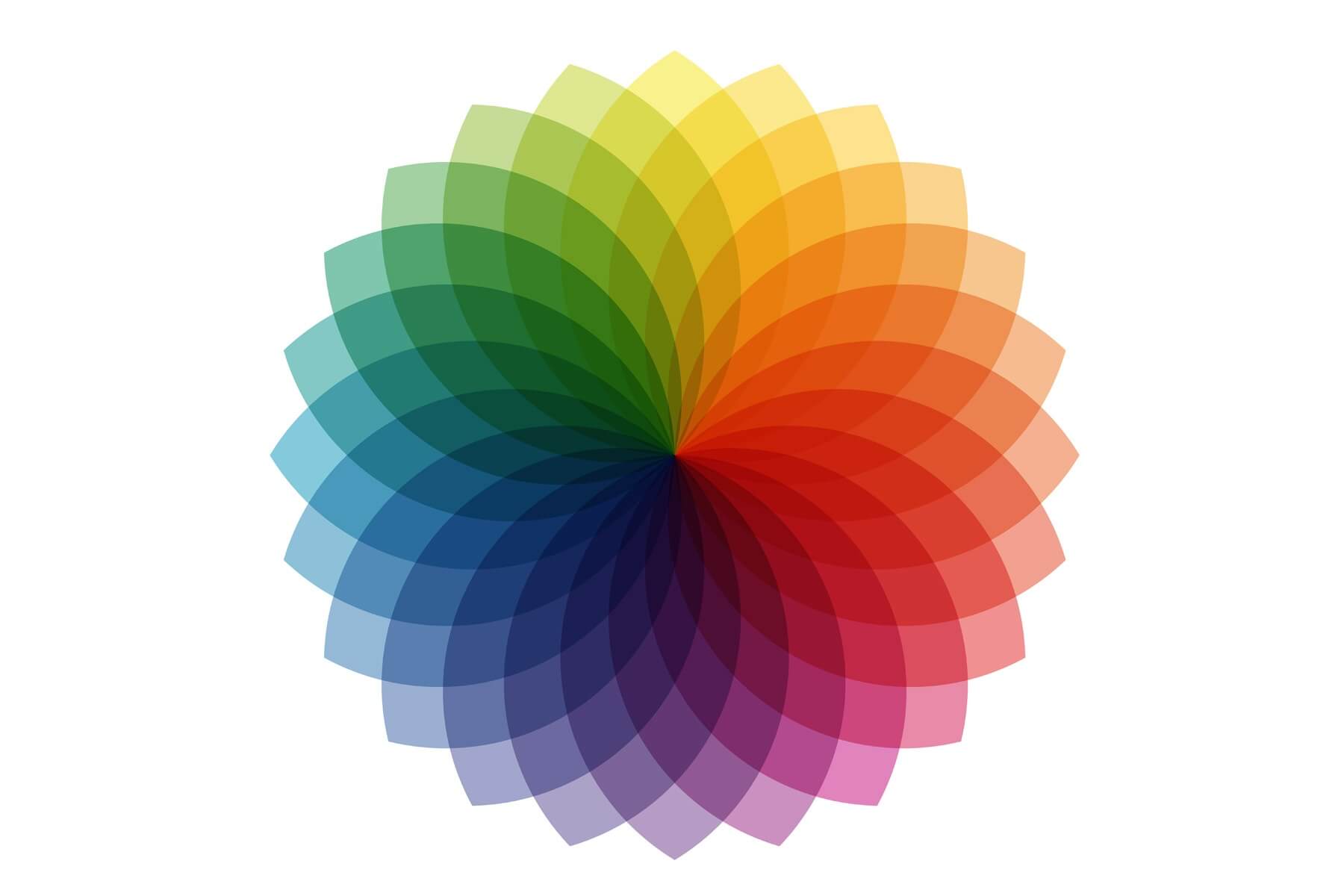Speed skaters preparing for the 2018 Winter Olympics in South Korea are embracing blue as they dream of gold. That’s because some countries, in an effort to give their athletes any legal edge in these international games, are buying into a circulating theory that blue is the fastest color, according to a recent New York Times story. Come February, look for blue racing suits for skaters from Germany, Norway, and South Korea, which is a big change in particular for Norway, with its long history of dominating the sport in its signature red uniforms.
Color Communication in Business
Color is a hot trend in print and digital communications, too. Advances in printing technology have driven down the cost of using color, even full color, and when it comes to incorporating color on the digital side, there’s no cost difference.
Unlike speed skaters, Pantone, a world-renowned authority on color, has picked ultraviolet as the color of 2018. In an interview with the Associated Press, Pantone VP Laurie Pressman said ultraviolet was chosen because it represents originality, ingenuity and visionary thinking.
There’s no question people imbue color with all kinds of qualities and associations, a fact that companies should take to heart. Color communications can be a powerful tool to reinforce brand identity and deliver a consistent look and feel to all documents from marketing materials to financial communications.
What’s more, color boosts readability, comprehension, and retention. It even nudges individuals to take the desired action whether it’s picking a healthcare plan, responding to a mini-vacation offer or deciding to upgrade their mobile phone.
Color Communication Can Have a Positive Impact on Response Rates
Getting customers to take action is particularly important when dealing with billing statements, and the payments and subsequent revenue they deliver. Most individuals won’t read an entire piece of mail. They skim; they skip around.
Color helps catch the individual’s eye. Direct mail-related research over the years has indicated that using color, along with personalization, can have a positive effect on response rates. At the Document Strategy Forum in Chicago earlier this year, one presenter highlighted a cable company that saw a 27% increase in the number of customers responding to an offer that used color images.
Switching from black-and-white billing statements to color could make a big difference, too. A simple but effective step is using color as a highlighter to draw attention to specific data and messages, such as total amount due and due date.
Which color is best?
Some colors have near-universal meanings, with green associated with nature or money while red can signal excitement or urgency. Stoplight colors can translate well for customer correspondence, too. Green means go!
We’ve found that clients will often “color code” their bills, with the highlighted color changing as they strive to increase the sense of urgency. When you see a “Final Notice” at the top of the page, it’s usually in red.
The new year offers an opportune time to evaluate your customer communications and consider how to add color to improve impact and engagement. Whichever color or colors you select in 2018 – even if it’s the trendy ultraviolet or speed-skating blue — the point is to stay consistent with your brand and get the individual to read the copy. Certainly, incorporating colors makes an easier resolution to keep than losing weight or starting to exercise!
About the Author
Bryan joined Nordis Technologies in 2016 to manage and grow the company’s already-large vacation ownership client base. He also is responsible for business development and market expansion in the healthcare and financial services markets. Before joining Nordis, Bryan spent more than 21 years with Interval International, a leading global provider of vacation ownership services. Bryan graduated from Northwestern University with a bachelor of science in political science.

